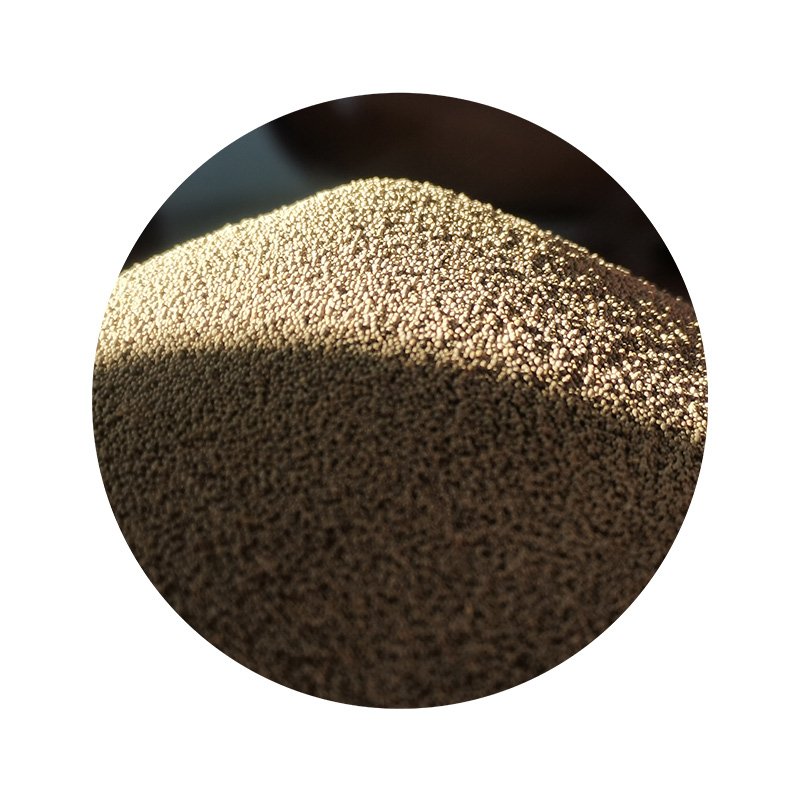The Future of Construction 3D Printed Sand
In recent years, the construction industry has witnessed a technological revolution, with 3D printing emerging as a transformative force across various sectors. Among the most intriguing innovations is the use of 3D printed sand, which is reshaping how we think about building structures, designing landscapes, and even creating art.
3D printed sand technology utilizes a process that involves binding sand particles together with a special adhesive. This method allows for the swift and efficient creation of complex shapes and structures, which would be difficult or impossible to achieve using traditional construction methods. The capability to produce intricate designs with precision is one of the key benefits of 3D printing, making it a game changer for architects and engineers.
The Future of Construction 3D Printed Sand
Moreover, 3D printed sand enables the efficient use of local materials, thus reducing transportation costs and emissions associated with building materials. This localized approach not only supports sustainability but also promotes economic growth within communities. Local businesses can capitalize on the demand for 3D printing technologies, creating jobs and fostering innovation in their regions.
3d printed sand

In addition to its environmental benefits, 3D printed sand opens up new avenues for architectural creativity. Artists and architects can experiment with complex geometries that challenge conventional design practices. The freedom to design without the constraints imposed by traditional construction methods encourages a more innovative approach to architecture. For instance, structures can be designed to optimize natural light, improve thermal efficiency, and enhance aesthetic appeal, all while maintaining structural integrity.
An exciting application of 3D printed sand is its potential in emergency housing solutions. In areas affected by natural disasters, rapid deployment of temporary shelters is crucial. 3D printing sand allows for the quick construction of shelters that can provide immediate relief. Furthermore, these structures can be designed to adapt to the local environment, using readily available materials for greater resilience against future disasters.
The use of 3D printed sand is not limited to construction alone; it is also making waves in the field of art. Artists are experimenting with the technology to create captivating sculptures and installations that blur the line between nature and technology. The ability to produce detailed and unique artistic forms with sand promotes a new genre of environmental art that highlights the relationship between human creativity and the natural world.
Despite its promise, there are challenges that must be addressed before 3D printed sand can fully revolutionize the construction industry. Issues surrounding building code compliance, structural stability, and long-term durability remain vital areas for research and development. As the technology advances, so too must the regulations and standards that govern its use in construction.
In conclusion, 3D printed sand stands at the forefront of a promising future in construction and art. By adopting this innovative technology, we can pave the way for a more sustainable, efficient, and creative built environment. As research continues and practical applications expand, we are likely to see 3D printed sand play a crucial role in shaping the cities of tomorrow. The blend of technology and nature may just lead us to a future where buildings are not only functional but also harmoniously integrated into their surroundings, showcasing the beauty of both human ingenuity and the natural world.
Post time:окт . 21, 2024 20:26
Next:density of foundry sand
